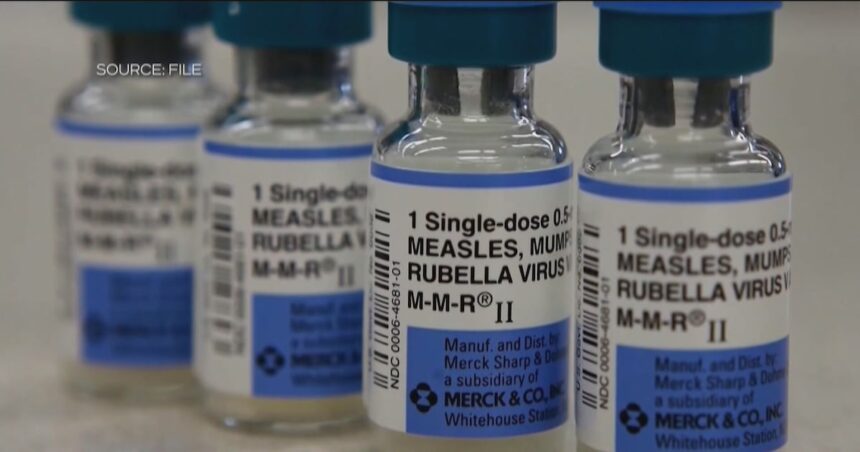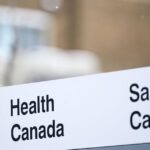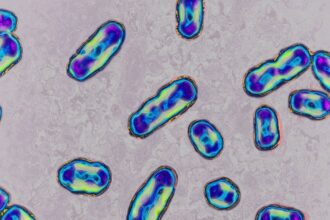Travelers passing through Calgary International Airport late Wednesday faced an unexpected health risk, as Alberta Health Services confirmed a measles exposure incident that has prompted officials to issue an urgent public advisory. The exposure occurred during the evening hours when an infected individual moved through several high-traffic areas of the bustling transportation hub.
“We’ve identified specific timeframes and locations where exposure risk was highest,” said Dr. Margaret Wilson, AHS medical officer of health for the Calgary zone. “Anyone who was present in these areas should monitor for symptoms and verify their vaccination status immediately.“
The exposure window primarily spans from 7:30 p.m. to 11:45 p.m. on Wednesday, with the international arrivals area, customs processing sections, and domestic baggage claim being areas of particular concern. Health officials have emphasized that measles is highly contagious, capable of remaining airborne for up to two hours after an infected person has left the vicinity.
According to CO24 News, individuals born after 1970 who have not received two doses of measles vaccine or who have never contracted the disease are considered non-immune and at heightened risk. Those with potential exposure who lack immunity may still benefit from post-exposure prophylaxis if administered within 72 hours.
The concerning development comes amid rising measles cases across North America, a trend public health experts attribute to declining vaccination rates. The Calgary exposure represents the third confirmed measles case in Alberta this year, following earlier incidents in Edmonton and Red Deer.
“The reemergence of measles reflects dangerous gaps in our community immunity,” explained Dr. James Henderson, infectious disease specialist at the University of Calgary. “When vaccination rates fall below 95 percent, we lose the herd immunity that has historically protected vulnerable populations.“
Symptoms typically appear 7-21 days after exposure and include high fever, cough, runny nose, red eyes, and the characteristic red blotchy rash that begins on the face before spreading downward. CO24 Canada News reports that health officials are urging individuals who develop symptoms to call Health Link at 811 before seeking in-person medical attention to prevent further transmission.
The incident has renewed calls from CO24 Politics for strengthened public health measures and vaccination campaigns across Canada, particularly as international travel returns to pre-pandemic levels. Public health authorities continue working to contact individuals who may have been exposed while emphasizing that robust vaccination remains the most effective protection against this preventable disease.
As this situation unfolds, what responsibility do we bear as a society to balance individual choice with collective public health concerns, especially when it comes to preventable diseases that once seemed relegated to history?










